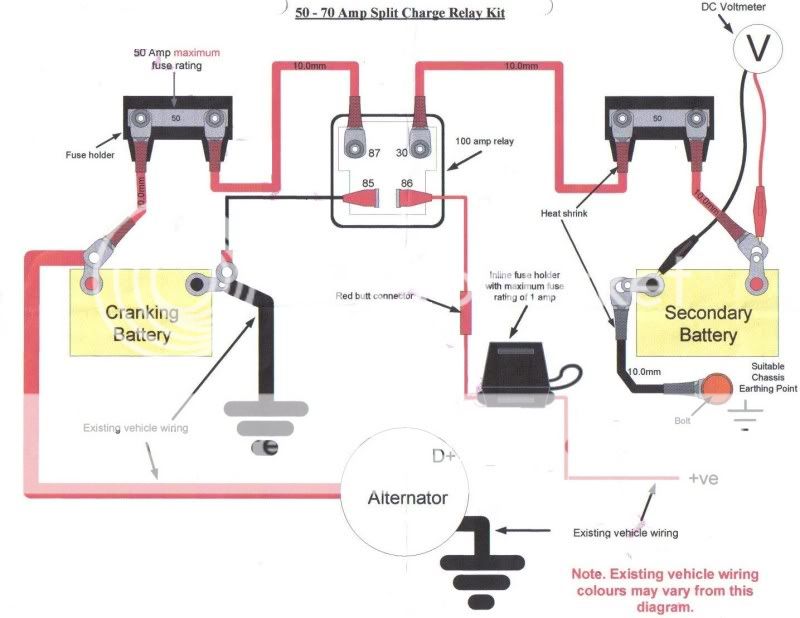Dez
New Member
- Posts
- 359
Evening all
Which is best!!
Battery split charge set up or just link the batteries in parallel?
Cheers
Which is best!!
Battery split charge set up or just link the batteries in parallel?
Cheers


